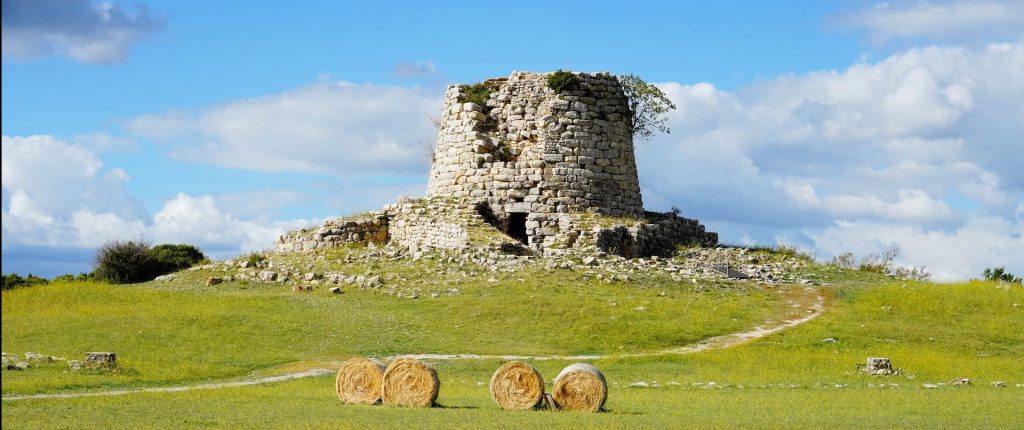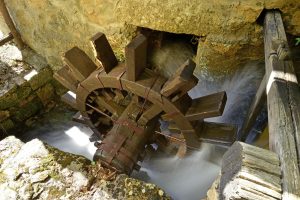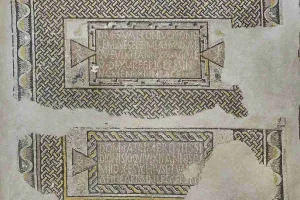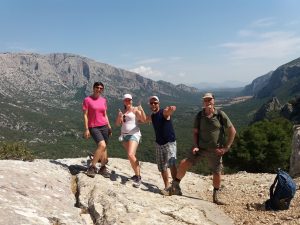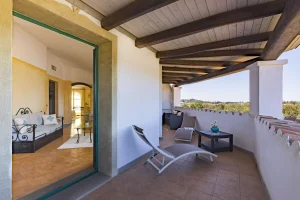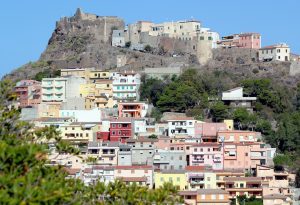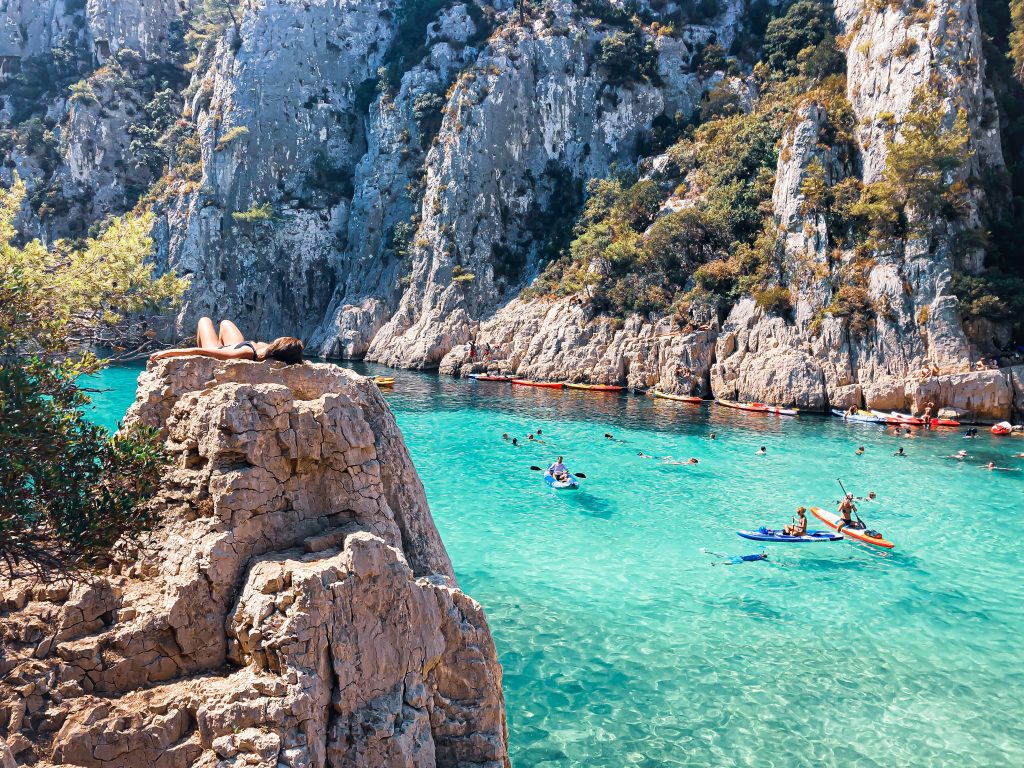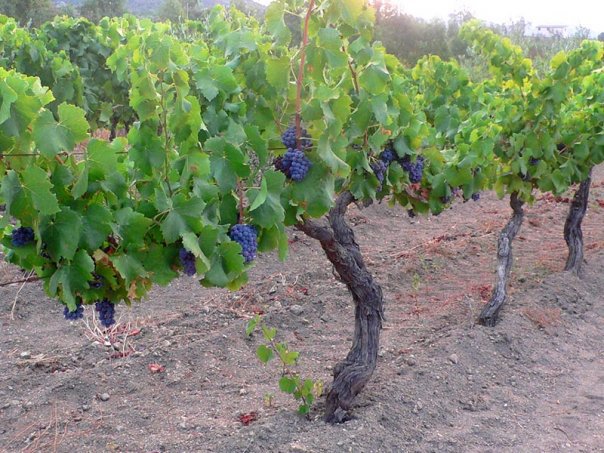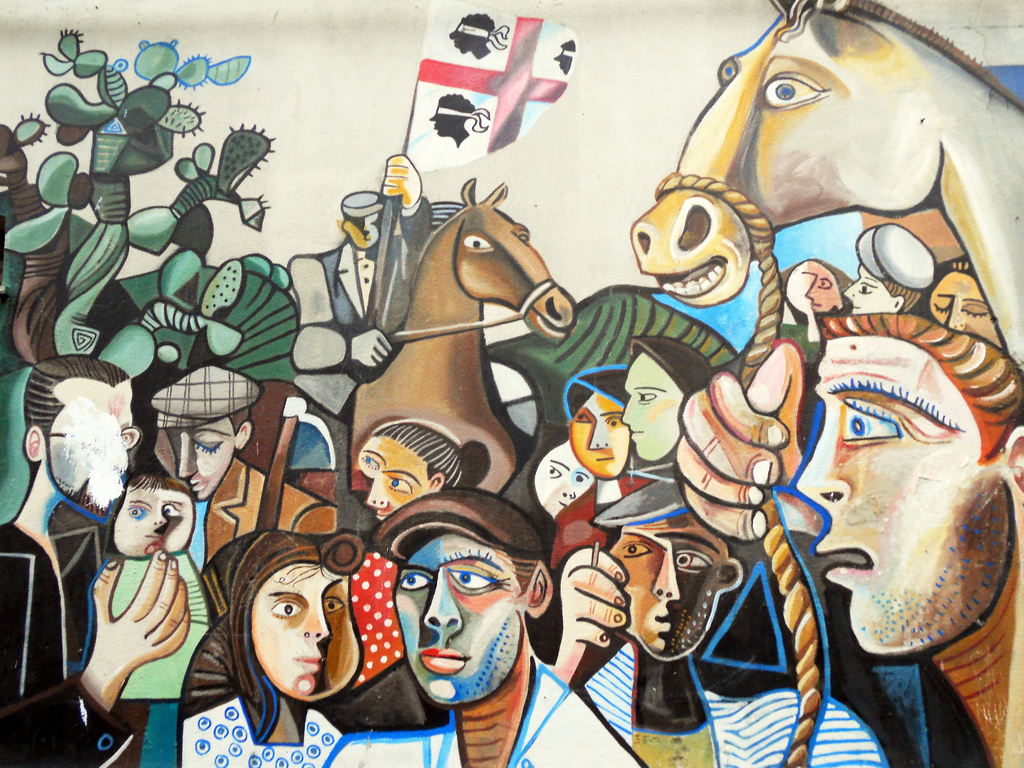Sardinia: An Island with a Millennia-Long History
Welcome to the ancient heart of Sardinia, a place rich in history and charm that spans a long period from the Nuragic civilization to the Middle Ages. Sardinia has been inhabited since ancient times, and the Nuragic people, a mysterious population, have left an indelible mark on the landscape with their unique monuments: the Nuraghi. These imposing stone towers, relics of an ancient civilization, dot the island, offering a journey back in time. But Sardinia’s history doesn’t stop with the Nuragic period; from Phoenician and Roman influences that shaped the culture and economy, to the Byzantine and later Arab periods, the island has been a crossroads of diverse civilizations. In the Middle Ages, the rule of the Judicates and pirate incursions left traces in the form of castles, coastal towers, and fortified cities. Exploring Sardinia means immersing yourself in a fascinating history and seizing the opportunity to experience the legacy of a millennia-old past.
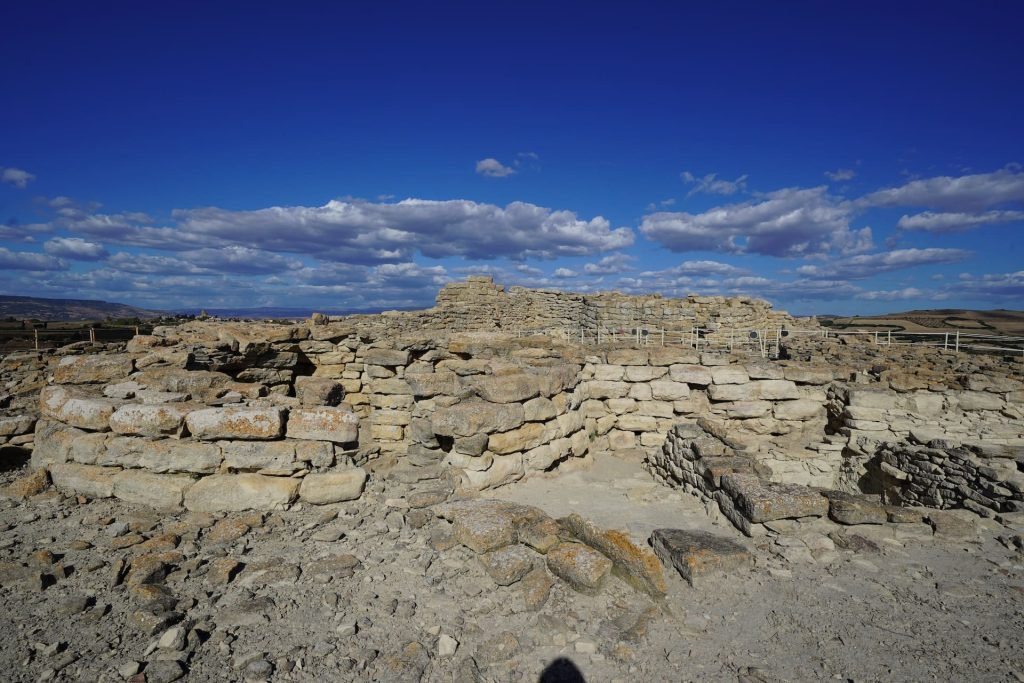
The Nuragic Civilization: A World Heritage
Fascinating and mysterious, Sardinia boasts one of the most enigmatic civilizations of antiquity: the Nuragic people. This mysterious population has left a legacy of unique monuments: the famous Nuraghi, sacred wells, Domus de Janas, and Giants’ Tombs. The Nuraghi, these incredible stone towers built without the use of cement or mortar, represent a true symbol of Sardinia. Each Nuraghe is unique in its shape and size, scattered throughout the territory, nestled among green hills and valleys. Exploring the Nuraghi means taking a journey back in time, imagining the life and traditions of this ancient people. Immersed in pristine nature, visitors can admire the incredible construction techniques, corridors, and inner chambers, which tell stories of a mysterious and fascinating past. The Nuragic civilization, on the path to recognition as a UNESCO World Heritage, is an essential element for anyone wishing to discover Sardinia in its most ancestral and authentic form.
The Nuragic civilization goes beyond just the Nuraghi; it also includes other testimonies such as the Giants’ Tombs, sacred wells, and fortified villages. These traces of the past reveal a complex and advanced society, with strong social organization and surprising craftsmanship. The Giants’ Tombs, with their imposing stone structures, were places of collective burial and worship, while the sacred wells testify to the importance of water in Nuragic life. The fortified villages, with their imposing stone walls, offer a glimpse into the daily life of this civilization, with circular dwellings and complex water supply systems. Through archaeological evidence, it is possible to uncover the most intimate aspects of Nuragic life, discovering their habits, religion, and artisanal skills, which often resulted in the creation of bronze statuettes of great didactic and historical-archaeological value. Finally, relatively recent is the enhancement path of the so-called “Giants of Monte Prama,” a unique Nuragic statuary worldwide in terms of size and the number of findings.
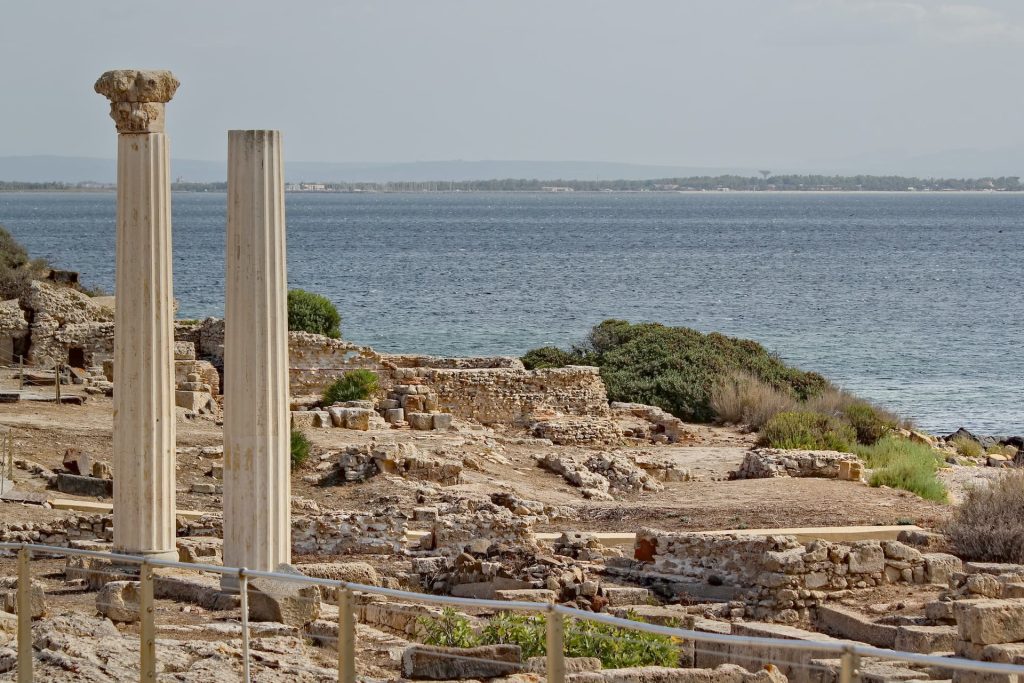
10 Archaeological Sites Not to Miss if You Want to Explore the Nuragic Era
- Su Nuraxi di Barumini: Located in the Medio Campidano region, it is the most famous and well-preserved Nuragic site on the island. It includes a complex of towers, courtyards, and dwellings dating back to 1500 B.C. It is a UNESCO World Heritage Site.
- Tharros: Located on the western coast near Oristano, Tharros was an important Phoenician and later Roman city. The ruins include an amphitheater, baths, and a temple dedicated to Poseidon.
- Nora: This archaeological site in Pula, on the southern coast, dates back to the Phoenician and later Roman era. It includes a theater, well-preserved mosaics, and the ruins of a temple.
- Sant’Antioco: On the island of the same name, Sant’Antioco features an archaeological complex with tombs, Nuraghi, an ancient necropolis, and the Tofet, a Phoenician sacred area.
- Tiscali: Hidden in the mountains of Supramonte in Oliena, Tiscali is an ancient Nuragic settlement located inside a cave. It offers a stunning view and a unique atmosphere.
- Tempio di Antas: This well-preserved Roman temple is located in the Fluminimaggiore river valley. It is dedicated to the Sardinian god Sardus Pater and offers a panoramic view of the valley.
- Complesso di Romanzesu: Located in Bitti, in the heart of Barbagia, this archaeological complex includes a Nuraghe and a prehistoric village. It offers a unique opportunity to explore the ancient daily life of the Nuragic people.
- Monte d’Accoddi: This unique site near Sassari features a ziggurat-shaped structure dating back to 4000 B.C. It is believed to have been used for ceremonial purposes.
- Domus de Janas di Anghelu Ruju: Located near Alghero, these prehistoric rock-cut tombs are among the largest and best-preserved in Sardinia. They are decorated with engravings and offer insights into the spirituality of the Nuragic people.
- Complesso di Tamuli: This archaeological site in Gonnesa, in the Sulcis region, features a Nuragic necropolis with tholos tombs. The tombs are extraordinarily well-preserved and provide an immersion
